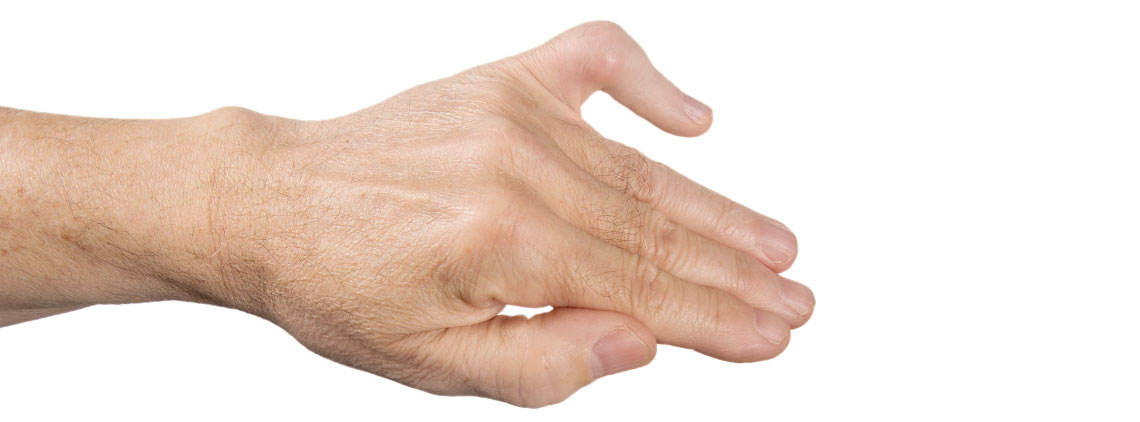
Boutonniere Deformity
Overview
If you have boutonniere deformity you may have a finger that bends in the middle and won’t straighten while the fingertip bends backward. A forceful blow or cut to the top of a bent middle joint of the finger causes this condition. If you recently cut yourself on the top of your finger this tear can look like a buttonhole which is “boutonniere” in French giving this condition its name. Occasionally the bone can pop through this tear. If you had an injury, you may begin to develop symptoms immediately or up to three weeks later.
Pain and swelling are generally associated with a boutonniere deformity. You will also have a finger deformity. You won’t be able to straighten your finger at the middle joint, and you won’t be able to bend the tip of your finger. If this injury goes untreated it will progress or become permanent. You’re at an increased chance of receiving a boutonniere deformity diagnosis if you have arthritis.
Nonsurgical Treatment Options for Boutonniere Deformity
During an evaluation, we will begin with an examination of your fingers and hand. Then, we may suggest several nonsurgical treatment options. Early treatment assists you in regaining your full range of motion in your finger.
There are several nonsurgical treatment options:
- Splint.A splint used for the finger with the boutonniere deformity allows the tendon to heal. The recommended time to wear a splint is generally six weeks for a young patient and three weeks for an older patient. You may be required to wear the splint as you sleep.
- Exercises. Exercises performed at home will help you regain or improve your strength and flexibility.
- Protection.Tape or splint your finger for practice or games. You may be required to wrap your finger for several weeks.

